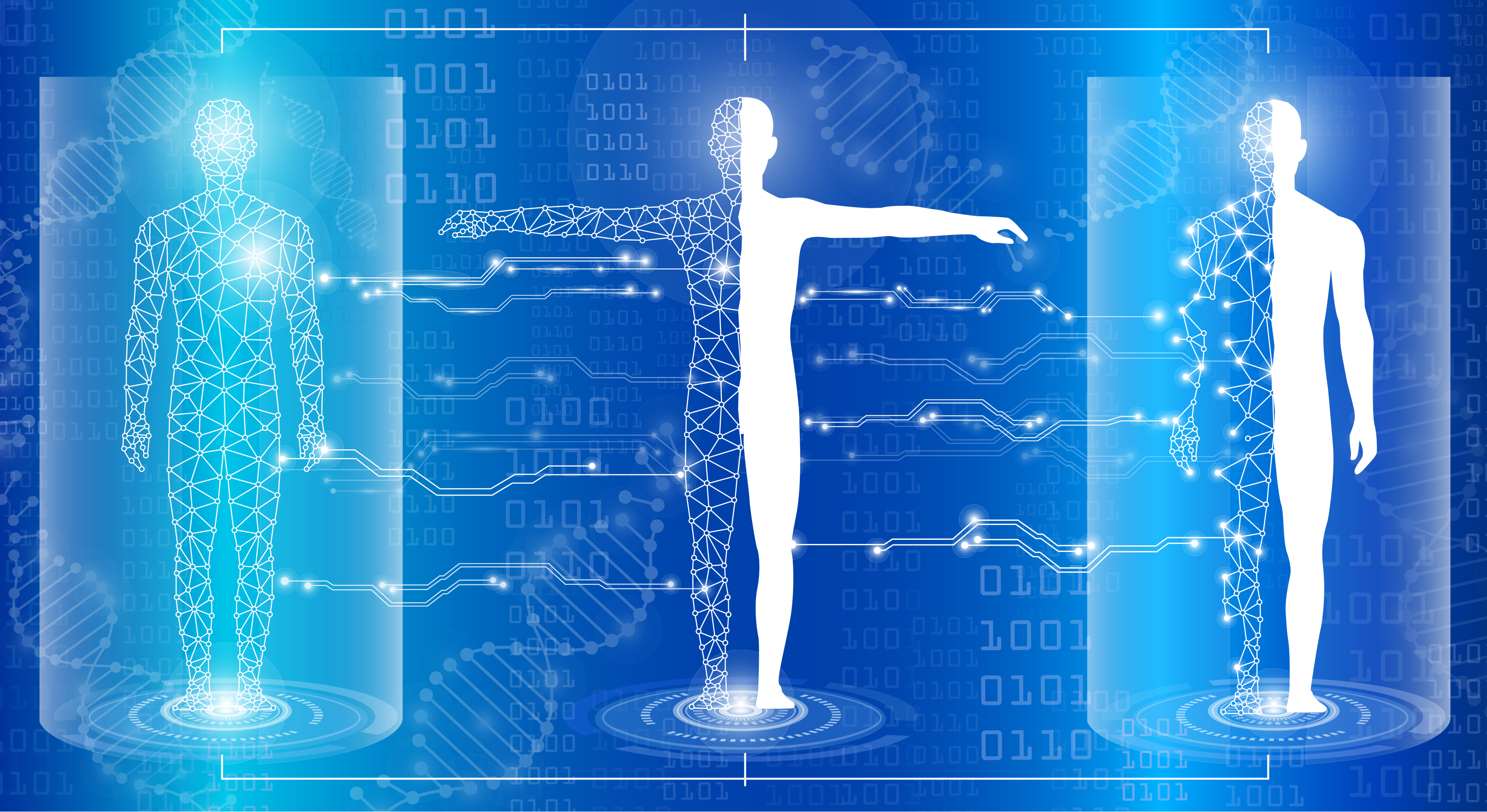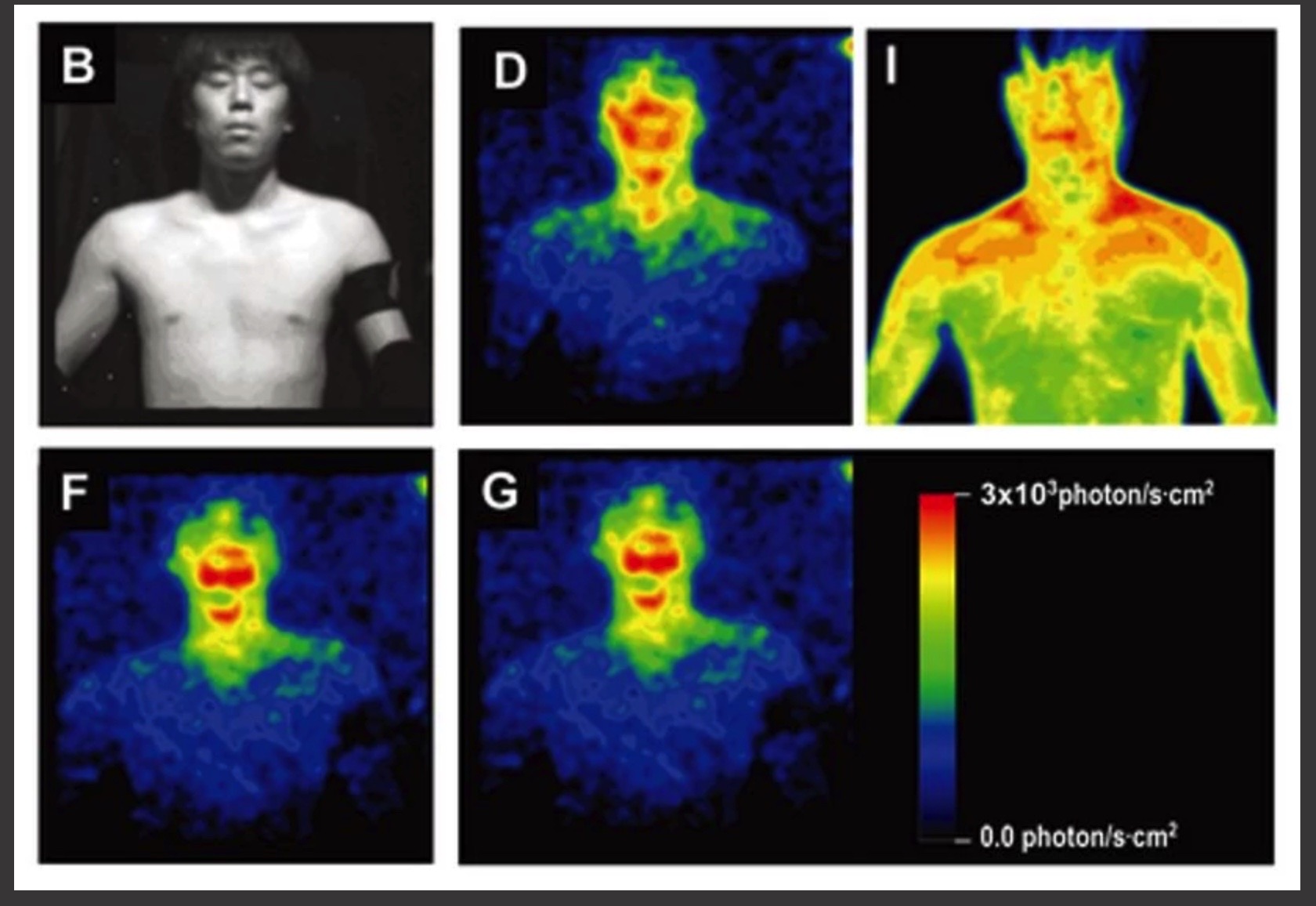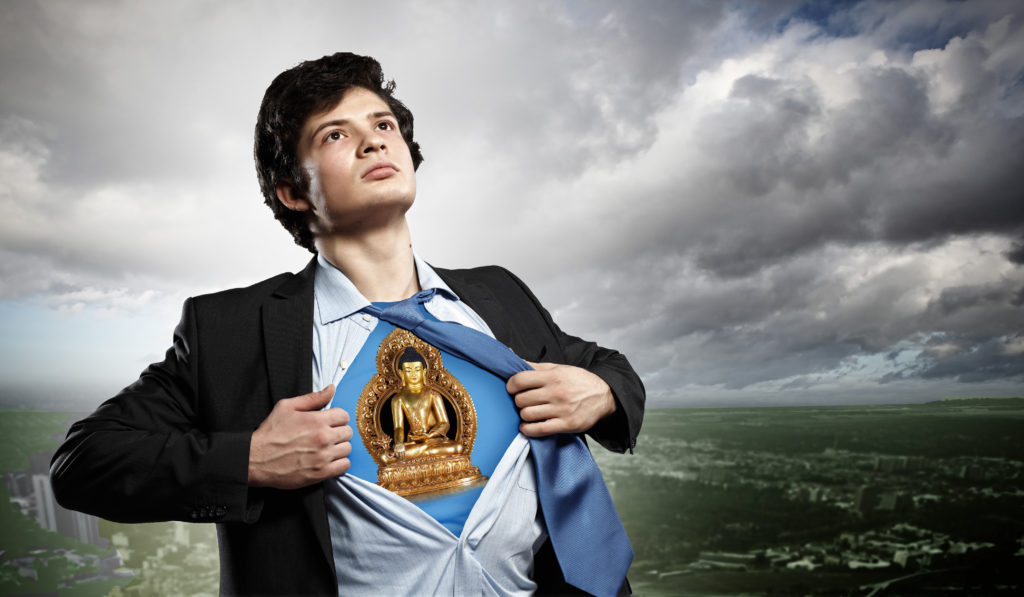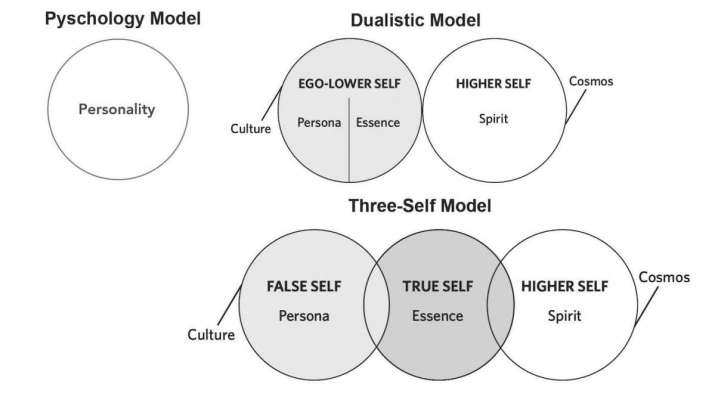
When Science meets spirit
When Fritz-Albert Popp first discovered that all living cells emit light—biophotons—he could not have anticipated the revolution this would create in the fields of both biology and physics. Since then, there has been a tidal wave of research and the emergence of the pioneering fields of biophotonic diagnosis, biophysics, biofields and biomagnetism. Yet one of the greatest implications of this body of knowledge is a convergence of science and spirituality that was previously not possible. This directly impacts our understanding and practice of Vajrayana, and especially the enigmatic phenomena of the Light or Rainbow Body (Tibetan: ö-lu and ja-lu). Indeed, the entire corpus of these ancient teachings moves towards LB creation, which we define here as a separate, non-physical bioenergetic or photonic form. It is a light structure that can survive beyond the material organism, acting as a vehicle for a transformed consciousness—a luminous sphere of existence.
Light Body Gets Real
Recently this ultimate goal of the human state, long the “holy grail” for Western Vajrayanists, has received more attention in the public arena. A number of books have appeared validating the fact that the Rainbow Body is a real possibility, historically, and even into the modern era. But it should be understood that this is a human potential, not restricted to any single culture or time period. Clearly it is a panglobal, transcultural reality, seen in Christian, Alchemical, Japanese Shingon, Greek, Egyptian, Gnostic, Manichean, Kaballistic and Zoroastrian art and writings, that would fill many books to catalogue and compare. Some of these traditions are no longer extant, some have lost the key to their own meaning, while others have kept their secrets almost too well hidden. At this point, the most accessible and available LB teachings are held within the various schools of Buddhist Vajrayana. These living lineages, hermetically sealed in Tibet, Bhutan and the Himalayas for a millennia, have now been disseminated across the globe. Less well studied but equally effective are the Shaivite (Hindu) and Daoist systems that also provide unique missing pieces of the grand mosaic of LB creation.
Why Science?
Having these well-worn traditional practices, designed to lead us towards ja-lu or ö-lu, why bring in science or physics? The fact is that in spite of some fifty years of concentrated activity in the West, including multi-year retreats and high level trainings, we have not seen exclusive clubs of Light Body adepts proliferating in the West. This absence could be blamed on the still infant state of Buddhadharma in the West, on a lack of monastic facilities, on our busy lifestyles, or any number of social, psychological or cultural factors. But as I realized when I emerged from my own three-year retreat, stuffing 11th century concepts into a 20th century mind is liking putting square pegs in round holes. Even my few years sheltered from the outside world demonstrated that it is not just the content of mind that changes over time, but its very architecture (relative mind of course, not unchanging Ultimate Mind).
It is possible that what is needed is a new paradigm. It has been shown time and again that when we understand why we are performing a task, we do it better on all levels. The introduction of hard science into our way of thinking and practicing visualization, mantric sound and internal energy manipulations may be the needed game-changer. It provides a rational framework for inner training, and promotes confidence in the reality of the mythological and symbolic instructions that we have learned to follow. Not to be confused with an intellectual, distanced approach, this knowledge can help a practitioner make the all-important intuitive, living connection with their meditation. The secrets that biophysics has made available to us are, in fact, messages of awakening.
In this and future articles we will touch on some of the incredible recent discoveries and how they might change and deepen our view and practice. A new paradigm may help resolve unanswered questions and ultimately aid in the creation of future Rainbows.
The Light of Life
Photons, the wave-particle nature of light, include all seven sections of the electromagnetic spectrum, including X-ray, gamma rays, radio waves and so on. In the body though, so called biophotons emitted by every cell are in the visible spectrum of light, though a thousand times too faint for our naked eye. For a photon, there is no time, and no distance, already making them enticing candidates for the properties of a Rainbow Body. Stored in the cell’s DNA, these messengers are the main communication network of body, connecting the cell parts, tissues and organs. Already they have been shown to regulate growth, differentiation and regeneration of cells. Coherent biophoton fields could prove to be the basis of memory and even consciousness, as suggested many years ago by Karl Pribram, David Bohm and others.

The Light of the Brain
Biophotons are important carriers of information in the brain, along with well-known electrochemical signals—neurotransmitters and nerve impulses (waves of ionic depolarization). These biophotons cover the whole range of light, from near infrared to near ultraviolet, though we don’t yet know what different frequencies or colors of light mean for brain neurons. Remarkably though, the majority are towards the red end of the spectrum. In cross-species comparisons, we see that the more red-shift in biophoton emissions, the smarter the species. From rats to monkeys to humans, the more advanced animals produce more near infrared biophotons. The implications for meditation are profound, since major methods of light body formation in Tibetan, Daoist and Yogic traditions involves the Fire Element, solar energy and visualizing inner fire that arises from the gut and travel upwards and through the body’s energy channels.
It is also thought that quantum (atomic sized) information travels as coherent light along the fatty coatings of the nerves (the myelin sheath). This would make for a truly fiber-optic-like system of wiring within the brain. Photons also travel in the cerebrospinal fluid (CFS), that magic elixir that bathes the brain, and accumulates in its fluid-filled hollows, the ventricles. Here the fluid and photons connect to the pineal (third eye) and other nearby structures, where they interface with secretions like melatonin and DMT (the spirit molecule). This whole set-up is the perfect milieu for light-based consciousness, and a number of exciting models have evolved form this. The quantum hologram theory is particularly enticing because is depicts as merely a local connection point linked to vast network of awareness that exists, simultaneous with light, outside the physical body. Naturally practitioners will reflect on the familiar human skull cup filled with nectar, so prominent in Vajrayana ritual.
Contagious Photons
A striking fact is that living things communicate with each other through photon emission. Plants can make other plants grow. Animals can induce sickness in others nearby, not through physical touch or contagion, but simply through photon radiation. Healers impact others through this same energy and information transfer.
Even more profound, it has been known for decades that there is something called “quantum entanglement” that applies to atomic particles, including photons. Once two or more photons are in resonance with each other, or “entangled,” they stay that way regardless of space or time. It is now shown that this applies to living beings as well. Imagine what this means in terms of the spiritual teacher-disciple relationship. One would also expect this phenomena to be implicit in empowerments and spiritual transmissions. It is also a biophysics explanation of why samaya—keeping these spiritual connections intact—is so important. A student who acts badly impacts the teacher in certain ways, as does the bad acting teacher. And both influence the entire intricate structure of the spiritual construct, for good or ill. Instead of the old “watch your P’s and Q’s” we need to mind our photons! This very much relates to the important Tibetan concept of “tendrel” or interdependent relationship in general.
An equally remarkable development is the re-discovery of the Primo Vascular System (PVS), after being overlooked for 30 years. This system of microscopic channels, different than the lymph, blood and nervous tissues, qualifies as the actual tsa, nadi, or psychic channels utilized within Vajrayana, yogic and Daoist traditions of meditation. The microscopic PVS is everywhere, even following the course of nerves and the brain itself.
The Future of Photons
While we are endowed with a “free” physical form, a Light Body is not a given. It is only a potential, for those dedicated enough, and astute enough to realize its worth. Then it may truly become the “precious human birth” of Buddhist lore. Fortunately, we are equipped for this eventuality. Biophotonic research proves that if we simply visualize light, we create bursts of photon emissions in the brain. We now have ways to measure the biophoton activity inside the body, but no studies have been done on someone in the very process of illumination and dissolution of their material body into ephemeral light. I invite you to be the first volunteer! For now, we can look at the brilliant paths towards Rainbow that the great masters of the past have developed, and in what way biophysics can help us on this unique journey.
Coming Next....
In future articles we will talk about methods of Rainbow Body building and what biophysics can do to deepen our understanding. This will include:
- Creation Stage: How yidam or deity meditation provides the structured template or framework for Light Body formation.
- The extraordinary Completion Stage methods, especially Tummo, as a photonic implosion of the upper and lower poles of the body and subsequent cellular dissolution.
- How biophotons may help unravel the mystery of consciousness—and awakening.
- What pure realms mean as stellar realities and abodes of the Light Body beings
- The crucial role of the five elements and their transition to the pure five wisdoms.




 Could it be that simple? Could all the complexity around us, be boiled down to five core forces that shape the whole of our reality? If it seems far fetched, we have to realize that modern science has been searching for just such a basic solution. And so has ancient humanity. In fact this is the holy grail, a cornerstone of any philosophy, religion, or code of life.
Could it be that simple? Could all the complexity around us, be boiled down to five core forces that shape the whole of our reality? If it seems far fetched, we have to realize that modern science has been searching for just such a basic solution. And so has ancient humanity. In fact this is the holy grail, a cornerstone of any philosophy, religion, or code of life.